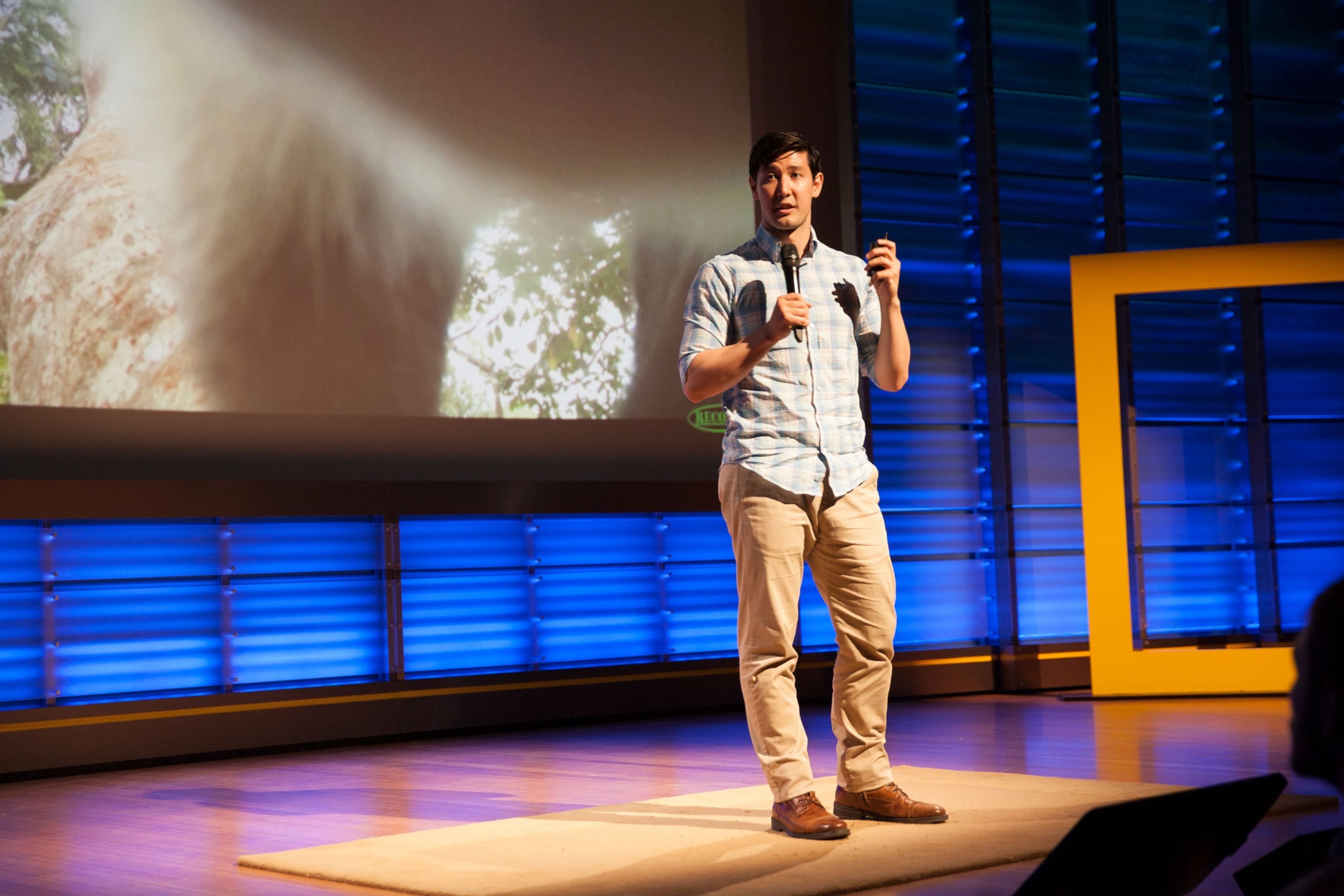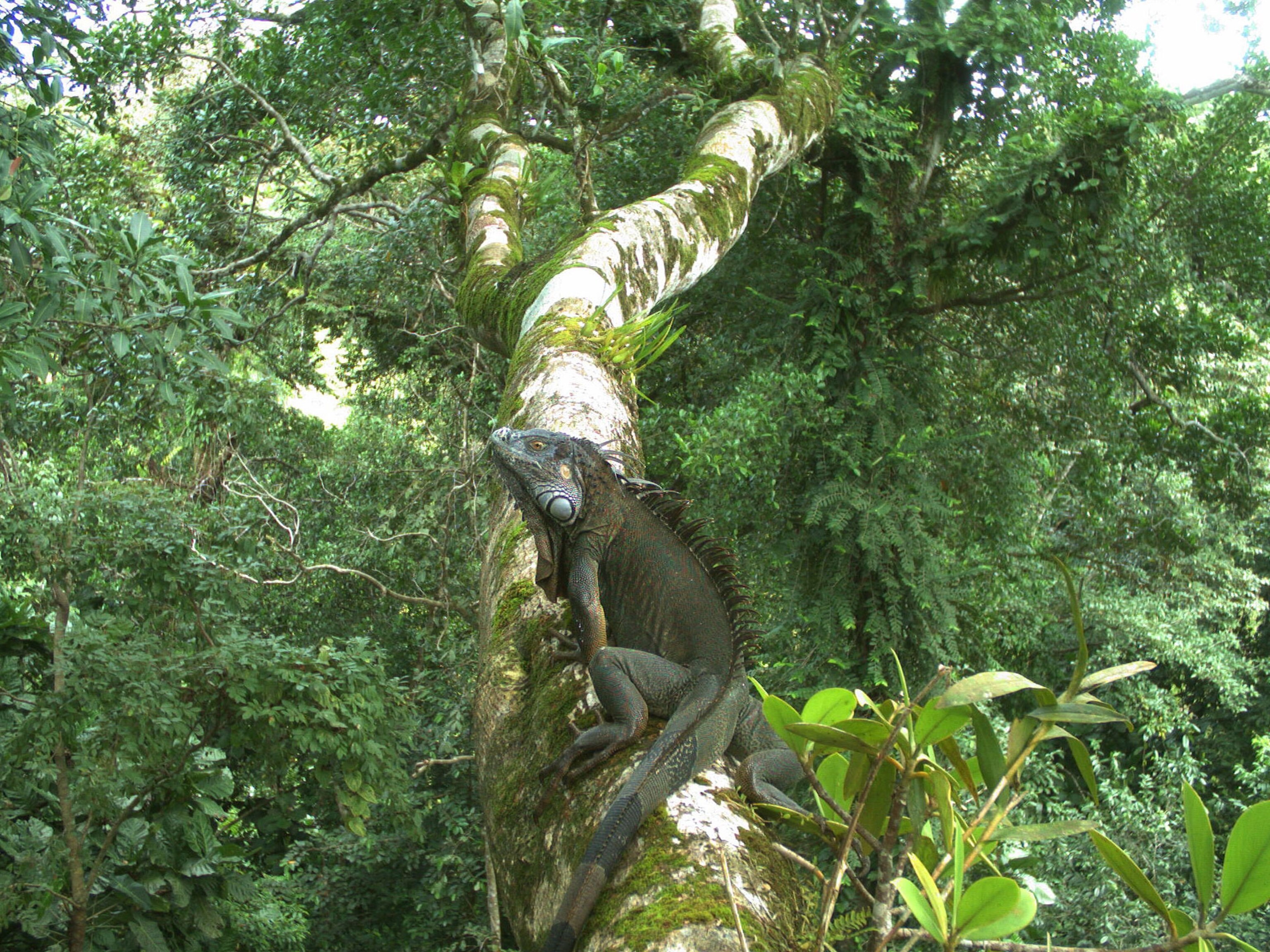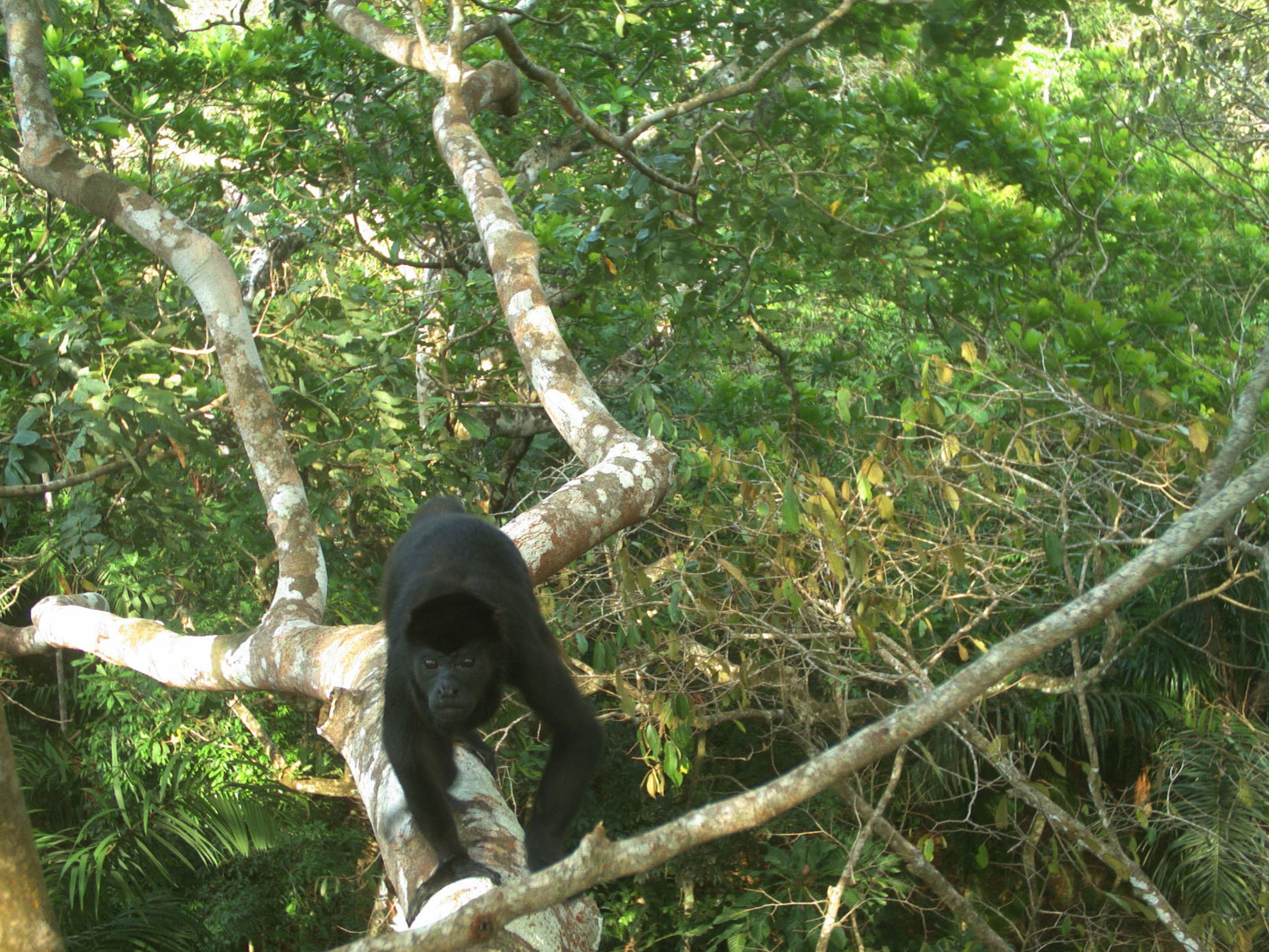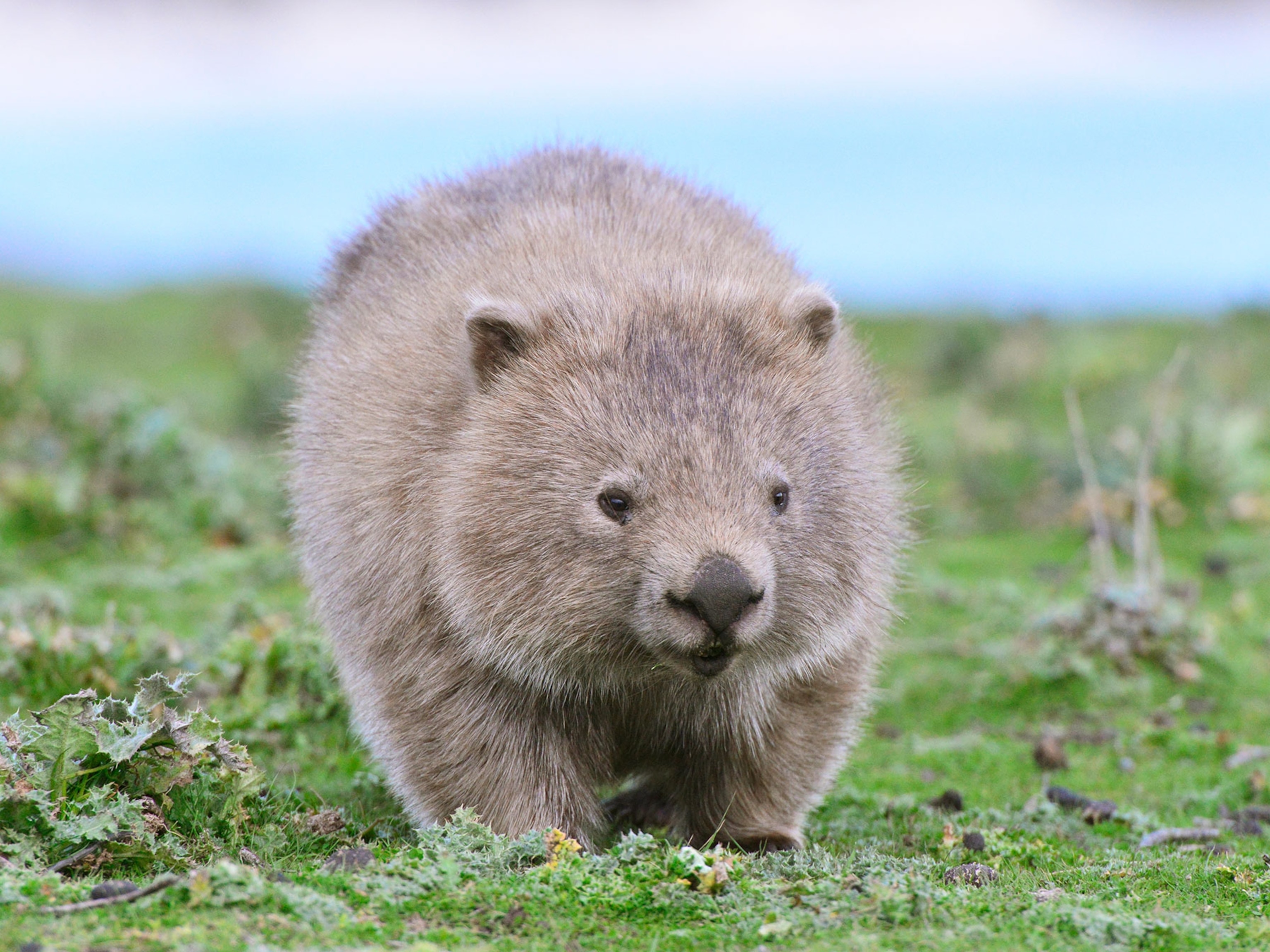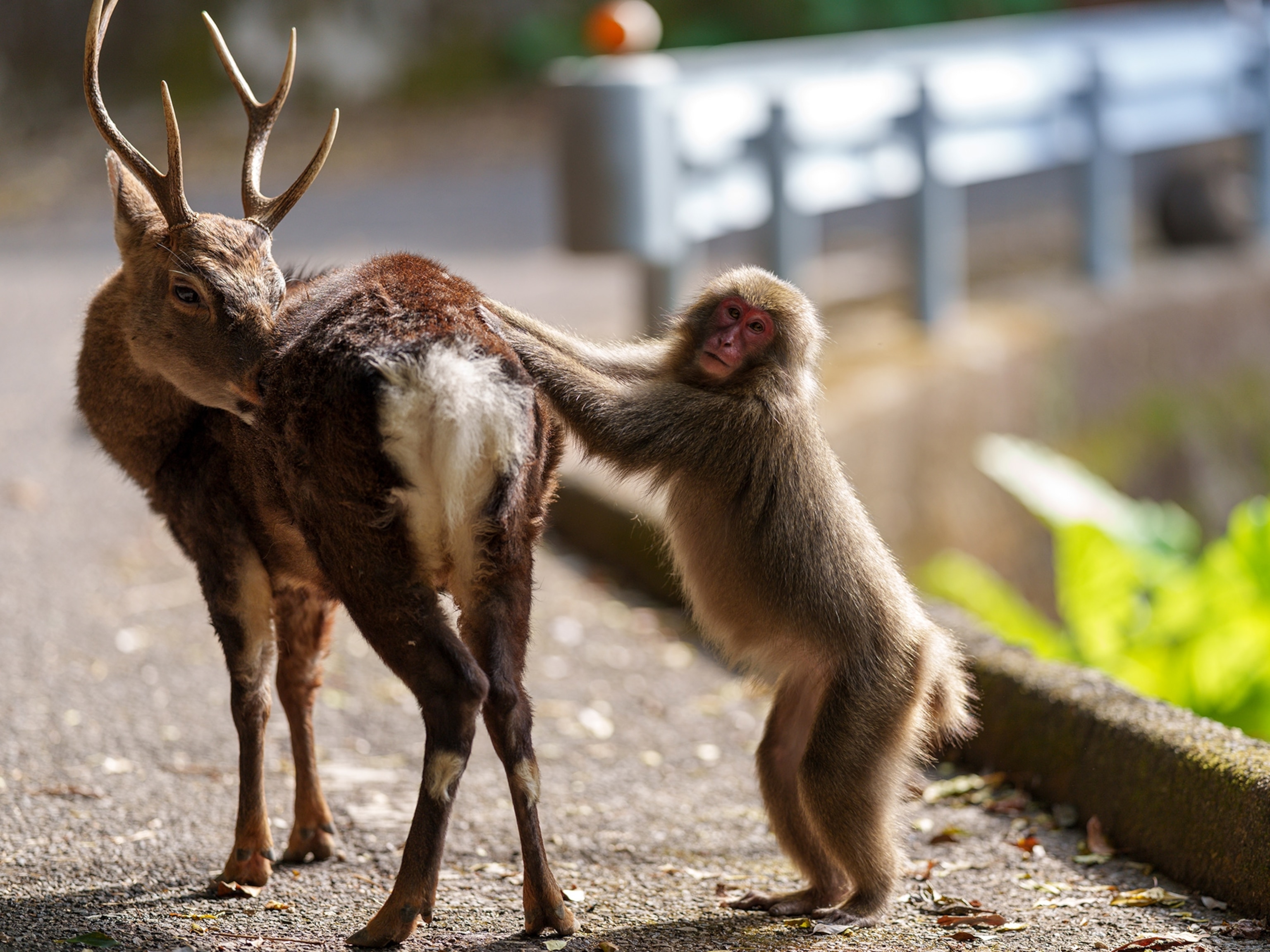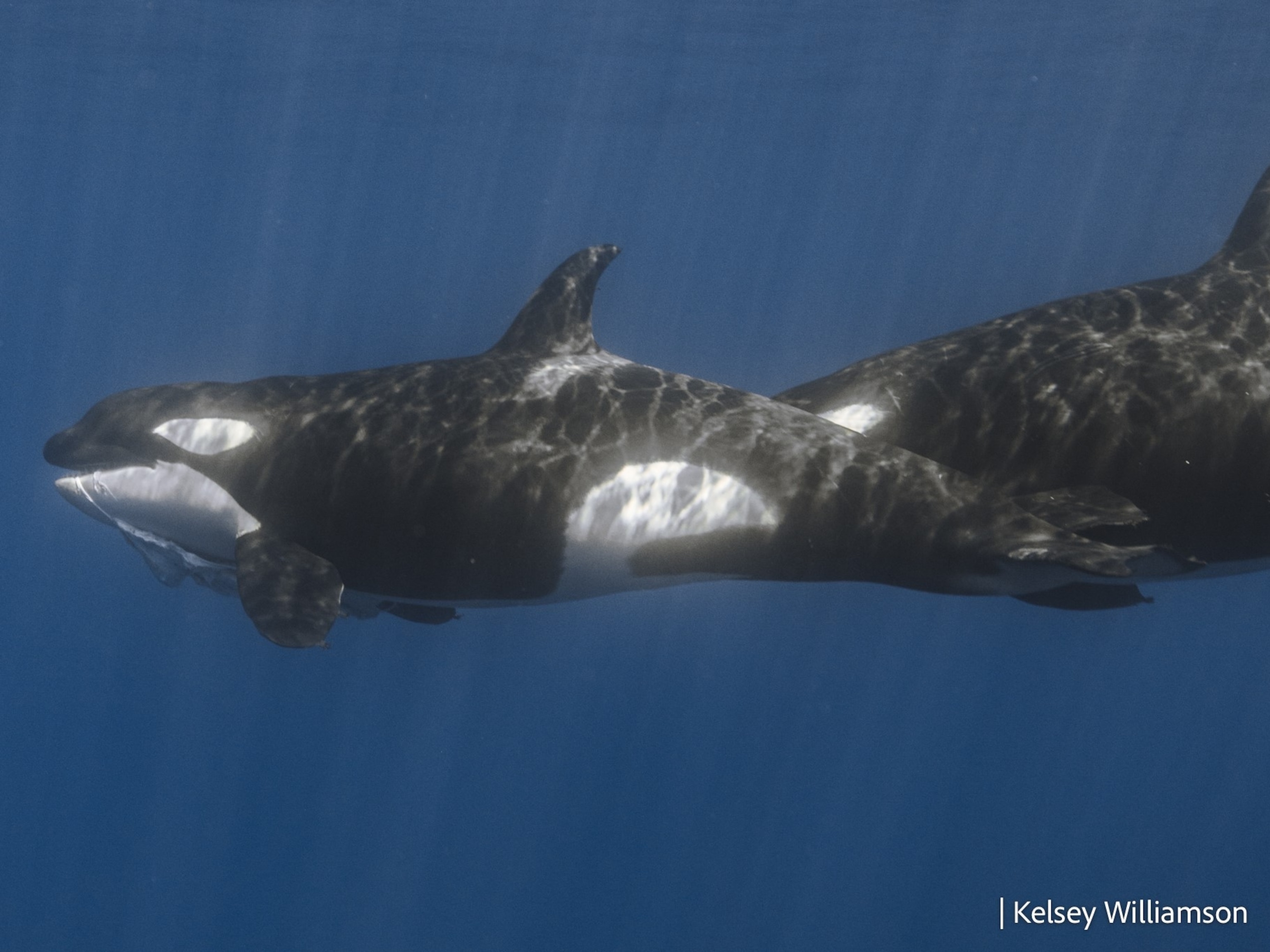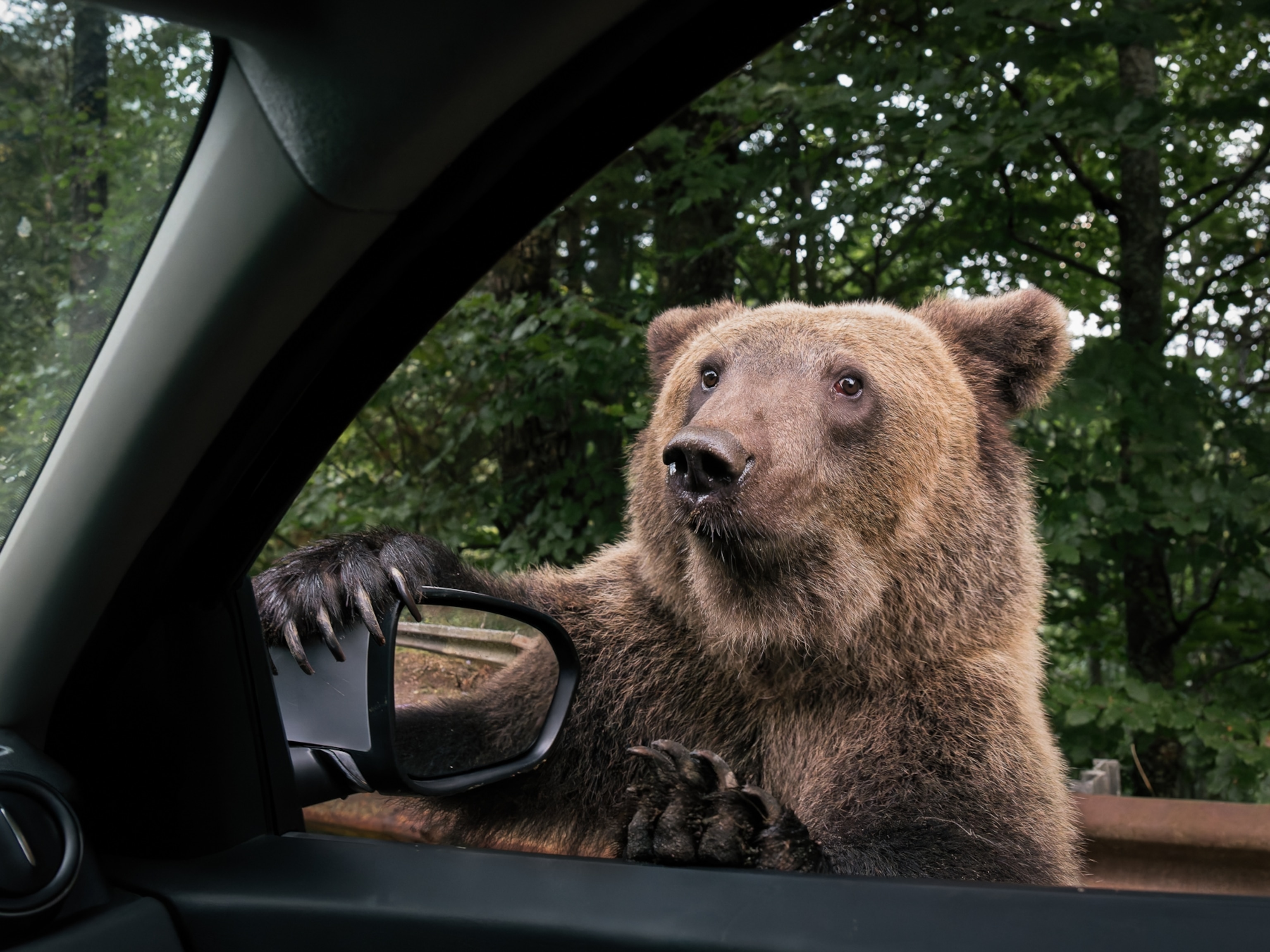Why This Scientist Prefers Researching Treetops
Kevin McLean tracks arboreal life far above the floor of the rainforest.
Kevin McLean is the ultimate tree hugger.
He climbs them, conducts most of his research in them, and even got engaged in one.
The biologist surveys arboreal wildlife in its most intimate, protective habitat: tree canopies far above tropical forest floors.
By adapting motion-sensitive digital cameras that detect and record animal movement on the ground, McLean, a National Geographic Young Explorer, has tracked monkeys, three-toed sloths, kinkajous, and Rothschild’s porcupines in Panama. His next stops are Malaysia and Ecuador, where he’ll survey canopy life under a Fulbright-National Geographic Digital Storytelling Fellowship.
“There are many places with canopy species that haven’t been extensively surveyed,’’ McLean says. “The goal, over time, is to see what species are in a community, provide a baseline survey, and if needed, to help develop a conservation plan.”
Camera traps are a common on-the-ground scientific tool, but they haven't been used much in tree canopies. McLean decided camera traps had untapped research potential when he spotted an anteater crawling through the trees in the Panamanian jungle. “That was the moment that got me thinking about all the stuff we were missing,’’ he says.
Improved technology has made digital cameras cheaper and lighter, and storage memory cards can now capture thousands of pictures. As costs have come down, there’s also less worry about curious animals damaging equipment. (In Panama, a kinkajou did manage to gnaw one of McLean’s cameras, pry open the duct-taped case, and rip out the battery.)
McLean typically places two to three cameras in a tree, repeating the process to cover a stand of a dozen trees. “Once you get into the crown of a tree, you can see where some of the lateral branches reach out to neighboring trees and the connections are,’’ he says. “The branches seem to form canopy highways, where you can see multiple species using the same branches night after night. There’s definitely some consistent route selection, just like there is on the ground.”
McLean retrieves cameras after about three weeks, allowing time to detect animals and traffic patterns and to exhaust camera memory card space.
“The most exciting part is popping out the memory card and seeing what’s there,’’ he says. "When I first started, I’d sit in the tree and look through all the pictures. Then it occurred to me that I could drop it. And sometimes the ground was flooded. So at least three weeks of work could be lost because I have no patience. Now I grab the whole camera and don’t look until I’m in a lab where I can back everything up.”
Navigating the canopy highway takes effort, perseverance, and strength.
A former gymnast and platform high-diver, McLean often hikes hours into remote areas with climbing ropes, harnesses, and other equipment that can weigh up to 80 pounds. Once he spots a promising tree stand, he uses a slingshot device to launch a climbing rope on a tree branch.
“Getting the rope into the tree is always the hard part—I usually budget an hour, but it’s taken three at times,’’ he says.
Once the rope is on, he gives the branch a bounce test to make sure it's secure, then starts hoisting himself and his equipment up. As he ascends, he avoids "widowmakers," the dead branches that could give way or fall on him, as he makes his way higher.
Still, he’s had some hairy moments.
“The closest call I’ve had was when I brought a colleague up with me. We heard a bit of rustling in a tree nearby. After she went down her rope, spider monkeys started shaking my rope whem I was about halfway down I got thrashed around, but that was the worst of it."
Up another tree in Panama, McLean was stared down by howler monkeys from one neighboring tree, and capuchin monkeys in another. “I was sitting right in the middle of their canopy highway, blocking the way. It was a poignant moment.”
There was an even bigger one, shared with longtime partner Dan Aeschliman, a physical therapist who accompanied McLean to the Panamanian rain forest in February. McLean climbed up a tree, preparing Aeschliman’s rope, and a video camera to capture a special moment.
“Just as I was about to go into my little [marriage] proposal, he surprised me and started proposing to me first.”
They married in July.
